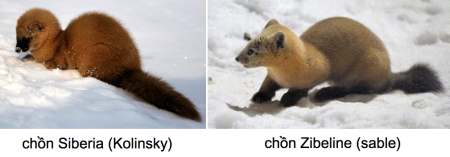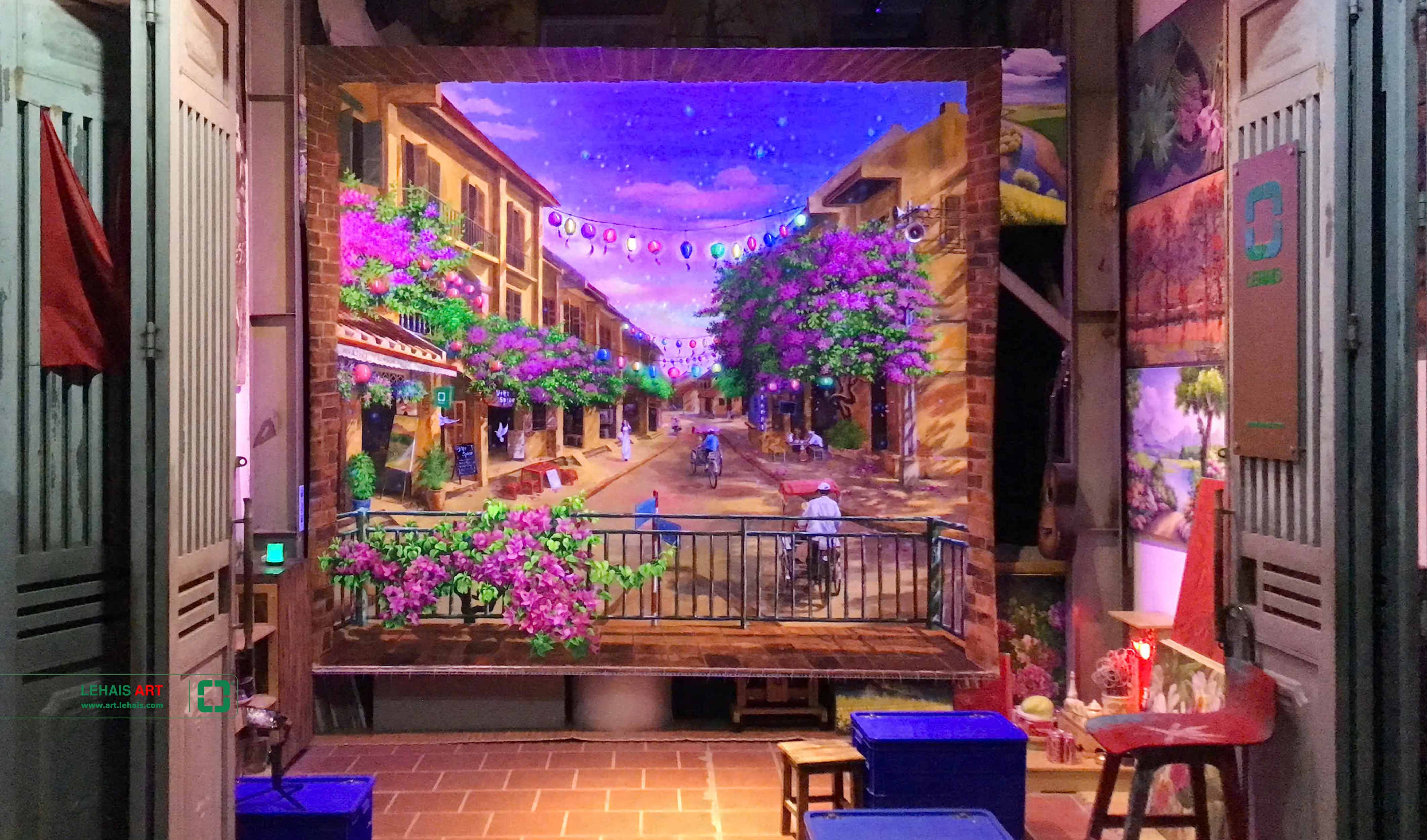Types of pen feathers
The feathers for making oil paint pens, murals ... are divided into 3 categories: (i) soft hair, (ii) hard hair, and (iii) artificial hair.
1. Soft hair (hair)
Soft markers are made from the hairs of animals such as badgers, mongoose, squirrel, li (raccoon doghay tanuki), and cattle such as cows, horses, goats, and sheep.
Pens made from squirrel hair and feathers behind cattle ears are commonly referred to as "camel hair brushes", even though they do not contain any camel hair.
From left: badger, mongoose and li.
Mink fur is the best, most expensive natural fine coat for a brush. Each mink hair has a long, pointed tip, and has good elasticity, keeps the tip of the pen always pointed, has a scaly surface like roofing tiles, makes the bristles absorb much and evenly, nothing else. keep.
Among the furry weasels used to make pens are Siberian weasel (Kolinsky), Zibeline (sable), stone weasel or mink (marten), weasel (weasel), and brown weasel (fitch or polecat).
The Siberian Mink (Kolinsky) is the best and most expensive brush, because the bristles are long, pointed, tapered, very elastic, the tip retains its shape, and is durable. There are two theories about the origin of the weasel Kolinsky. According to the first hypothesis, кolinsky (колинский) is the adjective of Kola (Кола) - the northwestern peninsula in the Murmansk province of Russia, where once rare breeds of weasels are now extinct. According to the second hypothesis kolinsky is the adjective of kolonok (колонок) - like a Siberian weasel. The characteristic of Siberian mink is that it can only live freely in nature and it has beautiful feathers. So it is not possible to raise Siberian weasels for feathers, but must be trapped.
The mink pen making technology follows the fur industry. The mink skin was stripped off to make shirts and hats, and the tail was left for use as a marker. The best coat is from a Siberian male weasel's tail caught in winter, with a reddish brown and brownish tinge. Kolinsky mink fur price, depending on the length, can be up to 16 thousand USD / kg. Nowadays, Siberian mink fur is increasingly scarce, so many manufacturers use red sable feathers in Korea and Manchuria Ly (China), which is actually red-haired weasel, not mink. Zibeline (sable). Asian mink fur is not as smooth and elastic as Siberian mink fur, darker in color and generally half the price. Although the red mink fur is longer than Siberian mink hair, the thickness of the hair from the middle to the tip is not much different. The best brush in this category is also sometimes referred to as the "Kolinsky red sable" (Kolinsky red sable), the quality is very close to the actual Kolinsky pen.
2. Bristle
Hard bristles are made from pig hair. Pig hair was so tough and elastic that it was used for spring regulators in early pocket watches (t.k. XVI). The dendrites of the hairs, called the flag, help retain more colors and evenly spread the thick layer of color. So a high-quality pig brush is a pen that is not trimmed, with intact tassels, naturally curved, interlocked, and directed at the pen shaft, not flared to the sides.
Pigs raised industrially in large farms for meat have short, weak hair and little branching (little tassel), which can only be used as cheap brushes. Pigs that provide good feathers for pens are pigs that are raised naturally in cold lands. This type of pig is thin because it does not eat weight gain drugs, but has long hair, big tassels and much. The underdeveloped cold regions of Russia and China are the world's best suppliers of pig feathers for brush making with Chongqing white pig (重慶 or Chongqing, Chungking) (China) at the top. Pigs from other regions have yellowish hair, which must be bleached, thus losing their natural oils, becoming harder and less resilient.
3. Artificial fur (synthetic)
Pens made from artificial fur are often called nylon pens but are actually polyester, of which Taklon is of the highest quality. This type of fiber was invented by DuPont of the US, acquired by Toray in Osaka (Japan), acquired the copyright and the right to manufacture Taklon for making artificial mink hair. Taklon yarns range in size from 0.07 mm to 0.2 mm.
Although it has a pointed tip like mink hair, the artificial hair does not have a scaly surface like the epidermis of natural mink hair. The man-made fiber also does not have the same tubular structure (medulla) as pig hair. Therefore, the wetness and color retention are less natural than the natural coat. Artificial bristles are also not as resistant to solvents as natural hairs. The hard, artificial quill (pig change) markers are only available for acrylic colors.
There are also natural and synthetic blended bristles, such as Holbein Japan's Resable, which are good for smooth, multi-layered oil painting.













